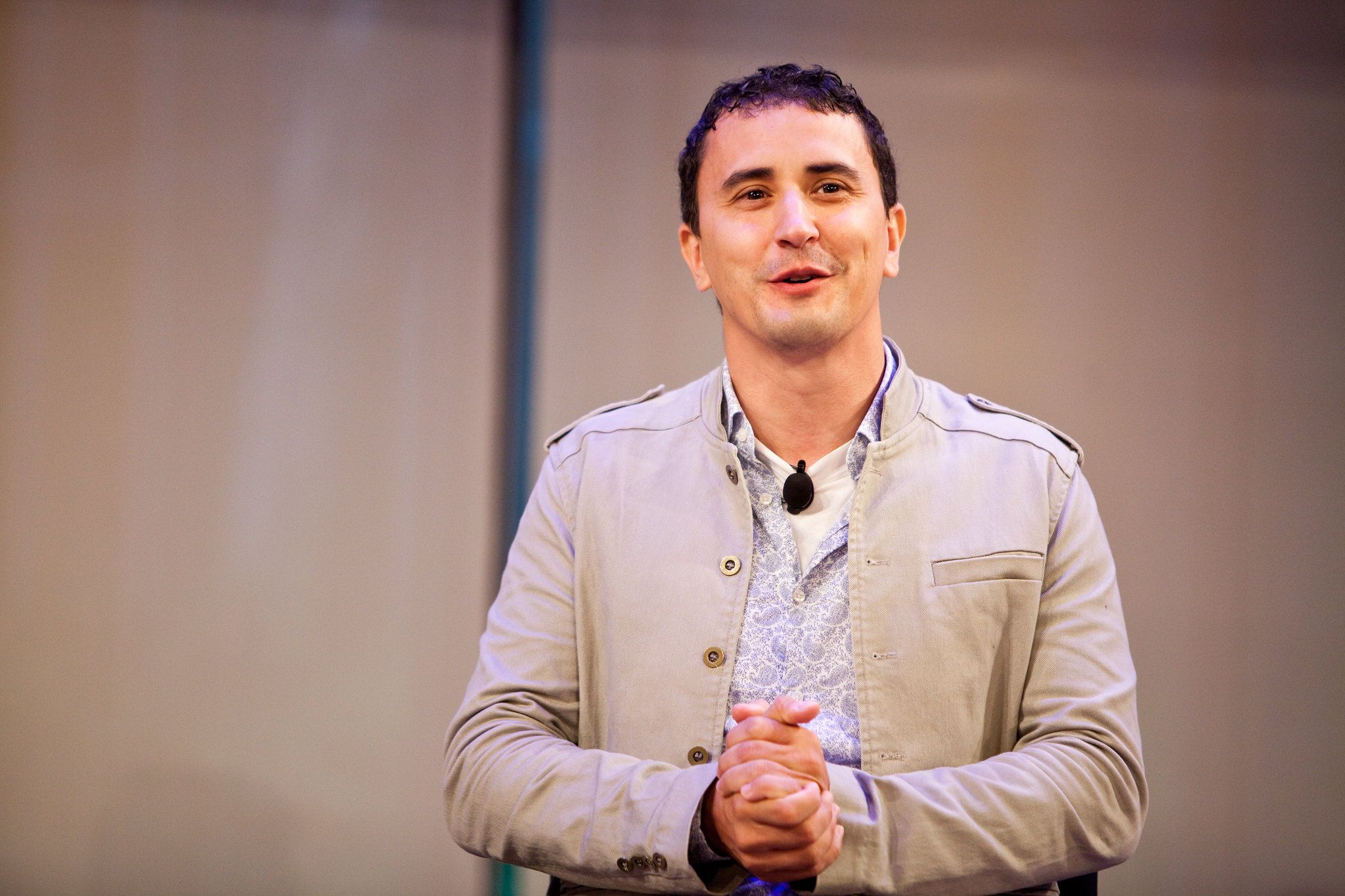
Avalanche, the eighth-largest blockchain by total value locked (TVL), is moving ahead with a major technical makeover.
The Avalanche9000 upgrade went live in a test network environment (testnet) Monday, bringing the changes one step closer to the main network (mainnet), the Avalanche Foundation said.
Avalanche9000 will be the largest upgrade that Avalanche has seen. It is designed to cut the costs of sending transactions, operating validators and building apps on the network, whose native token (AVAX) is the 11th-largest cryptocurrency, with a $16 billion market cap.
The foundation is trying to attract developers to Avalanche and encourage users to create customized blockchains using its technology, known as subnets. Somewhat confusingly, subnets are now officially referred to in the Avalanche community as “L1s,” even though they are roughly analogous to the layer-2, or L2, networks that augment Ethereum and other blockchains. (Avalanche’s “primary network,” the equivalent of a layer-1 in other ecosystems, is considered a subnet.)
The team is hoping to bring Avalanche9000 to mainnet by yearend. Also known as the Etna Upgrade, Avalanche9000 consists of seven proposals, but the two most significant changes are ACP-77 and ACP-125.
Roll your own
The ACP-77 proposal would allow for a new type of validator with which users can launch their own subnets. The new validators will be significantly cheaper to operate, lowering the barrier to entry. The validators will also be permissionless, meaning anyone, from the operator of a decentralized exchange to the developers of another blockchain, can spin one up.
“Before this upgrade, it wasn’t possible for a dYdX or Monad to use Avalanche to launch their own L1. And that was because all the chains were permissioned, and that was the only functionality that was available,” said Luigi D’Onorio Demeo, the chief operation officer of Ava Labs, the main developer firm behind Avalanche, in an interview with CoinDesk. “So after this upgrade, we can have a chain with thousands of validators that wasn’t possible before.”
The ACP-125 proposal would lower the base fee, or minimum cost of running computations, on the primary Avalanche network’s C-chain, the main chain that runs smart contracts, from 25 nAVAX (about $0.00000098) to 1 nAVAX ($0.00000004.) One nAVAX equals one-billionth of one AVAX. (Avalanche also has a P-chain where users can stake AVAX and operate validators and an X-chain which is used for sending and receiving funds.)
“This basically puts C-chain fees equivalent to Arbitrum and Polygon,” D’Onorio Demio said, referring to two of the leading L2s on the Ethereum chain.
Referral grants
In addition to Avalanche9000 going live on testnet, the blockchain’s grants program, Retro9000, opened up Monday for developers to register and start building subnets in the testing environment. The foundation will reward them retroactively when they launch those subnets on mainnet.
“We’d love to see people experiment with different types of infrastructure like staking contracts. We’d love to see people experiment by building their own L1s,” D’Onorio Demio told CoinDesk. “If you’re more in the market for building a chain, this is a great way to start.”
Retro9000 has $40 million in rewards to distribute, with $2 million designated for business development executives, influencer-investors (“key opinion leaders“) and the like who refer others to build on Avalanche.
“For the referral component: the idea there is if you’re a KOL or a BD person, and you know people that are potentially viable to build this kind of stuff, they can list you as a referral. And you will be eligible to also receive parts of the $2 million as well in retroactive grants,” D’Onorio Demio said.
Read more: Avalanche Unveils $40M Grant Program Ahead of ‘Avalanche9000’ Upgrade

